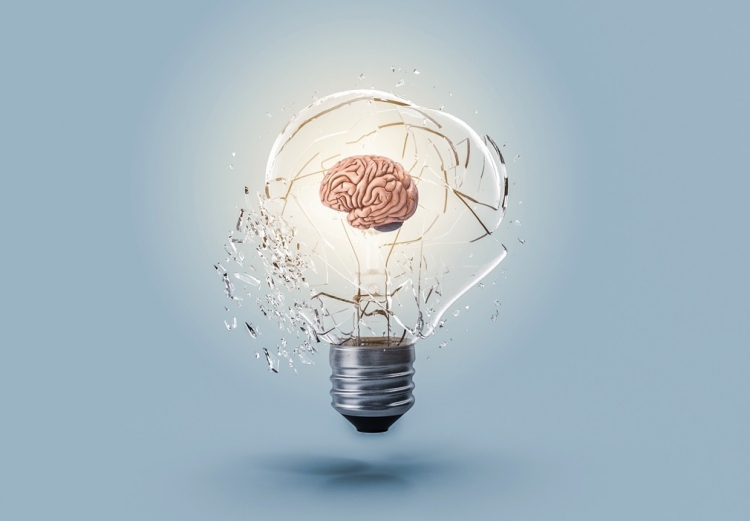Optimizing mental activities with work sampling analysis

Optimizing mental activities with work sampling analysis
In the classical definition of a work sampling analysis, the focus is on the creation of random points by means of external observations. However, the statistically secured statements on the temporal structure of any events by obtaining information through observations and the use of stochastic and statistical methods can also be excellently obtained through modern, digital solutions in the context of a "self-recording". In this way, mental activities in particular can be recorded, organized and subsequently optimized on one's own initiative.
The smartphone as a control center
In the classic multi-moment analysis, external observation takes place. In the manufacturing industry, for example, this allows individual work steps to be classified in terms of time, time inputs for activities to be recorded and optimization measures to be derived from them. Intellectual activities, on the other hand, are much more difficult - or impossible - to observe through external observation. The creation of this article can be taken as an example. An external observer looking "over the shoulder" of the author of this text would not be able to reliably assess how much time is invested in researching the text or in thinking about it before the first letter finds its way into the text document. An external observer could only record the pure time that the author spends on the pure writing activity at the keyboard. However, the result of the multimoment analysis performed in this way would not be meaningful - because writing a text alone accounts for only about half of the actual work.
With the emergence of new, digital technologies, it is possible to obtain much more precise information about individual event moments than would be possible through outside observation. The smartphone as a control center replaces the outside observer in the case of self-recording. In the case of self-recording, the author of this text would be asked predefined questions in a minimally invasive manner at random time intervals - which could be answered independently of local conditions at any time and in any place. Typical questions here would be, for example:
- How many minutes did you spend researching the text?
- How long did it take you to write it down (per paragraph, per text, per line ...)
- How long did it take you to correct typos?
- How many minutes did you invest in proofreading?
The previously defined questions can be answered "quite incidentally" with a few clicks on the smartphone touchscreen. Data protection is also guaranteed at all times, because anonymization techniques rule out any personal analysis or targeted individual observation of a company's employees.
The work sampling analysis in self-recording can be optimally used for the optimization of one's own work, but also for the streamlining of processes in the area of intellectual activities.
We would be happy to show you the numerous possibilities of modern work samplingt analysis in a personal meeting. Just get in touch with us right away!




